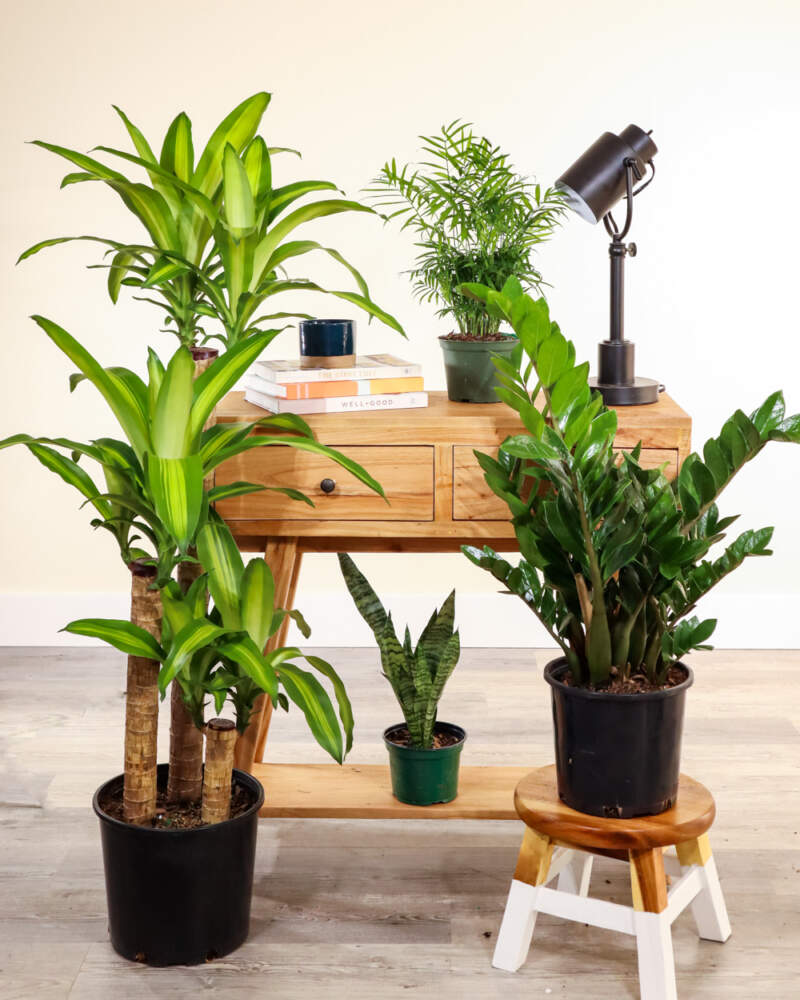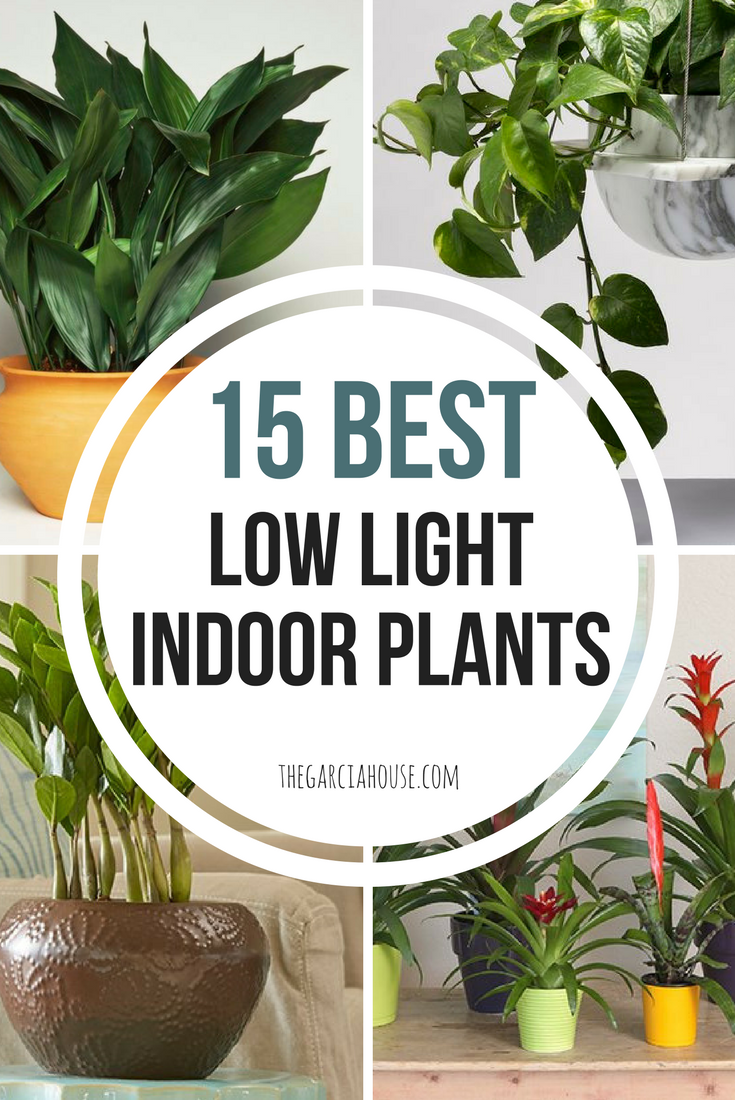Best Low-Light Indoor Plants That Add Greenery to Any Space with Little Light
Best Low-Light Indoor Plants That Add Greenery to Any Space with Little Light
Blog Article
Discover the Tricks of Low-Light Indoor Plants and Exactly How They Improve Your Atmosphere
Low-light interior plants have actually gathered raising focus for their one-of-a-kind capacity to boost both visual charm and environmental high quality within offices and homes. These durable species, including the Snake Plant and Tranquility Lily, not only thrive in challenging lights problems but also play a crucial duty in air purification and emotional health. Recognizing the certain benefits and care needs of these plants can dramatically affect your home. As we check out the details of their benefits, you may discover understandings that can change your surroundings in unforeseen methods.
Benefits of Low-Light Indoor Plants
Although lots of people presume that indoor plants call for bountiful sunlight to prosper, low-light indoor plants use a multitude of benefits that make them ideal for various settings. One of the key advantages is their flexibility; they can flourish in rooms with limited natural light, such as offices, cellars, or rooms with tiny windows. This attribute permits individuals to boost their surroundings with greenery, adding to boosted looks without the requirement for considerable lighting adjustments.
In addition, low-light indoor plants can considerably improve interior air top quality by launching and filtering system harmful toxins oxygen, making living spaces healthier. Research study has shown that specific ranges can take in pollutants, therefore advertising a cleaner ambience. Furthermore, they can boost psychological wellness by minimizing stress and raising productivity. The presence of plants has been connected to higher sensations of harmony and emphasis.
In addition, low-light plants frequently call for less maintenance than their sun-loving equivalents, making them suitable for active people or those brand-new to horticulture. Their durability permits them to thrive with minimal intervention, therefore providing a satisfying experience for plant lovers and amateurs alike. In summary, low-light interior plants serve both practical and visual objectives, making them valuable additions to any room.
Top Low-Light Plant Ranges
Low-light indoor plants come in a variety of varieties, each offering one-of-a-kind qualities and advantages matched for dark atmospheres. Among one of the most preferred selections is the Serpent Plant (Sansevieria), understood for its architectural leaves and air-purifying abilities. This durable plant prospers on disregard and can endure a broad variety of light problems.
An additional superb choice is the ZZ Plant (Zamioculcas zamiifolia), which features shiny, dark green fallen leaves and is extremely drought-tolerant. Its flexibility makes it a favorite for offices and homes with minimal sunlight.
The Pothos (Epipremnum aureum) is likewise a leading challenger, with its tracking vines and heart-shaped fallen leaves - Best low-light indoor plants. This flexible plant can be trained to climb up or cascade, including visual rate of interest to any area

Care Tips for Low-Light Plants
Taking care of low-light interior plants needs a nuanced understanding of their specific demands to ensure optimal growth and vigor. Initially, it is important to select the ideal potting mix, as a well-draining dirt is important additional reading to stop origin rot. A mix designed for houseplants, commonly including peat moss and perlite, works well for many low-light ranges.
Watering is an additional key element of treatment. Low-light plants generally require much less constant watering compared to their sun-loving counterparts.
Fertilization should be approached with care. Throughout the growing period, a diluted fluid fertilizer can be applied monthly, however in cold weather, lots of low-light plants go into inactivity and need little to no fertilization.
Lastly, it is very important to occasionally cleanse the fallen leaves to get rid of dirt, enabling better light absorption. By adhering to these treatment ideas, you can grow a successful atmosphere for your low-light indoor plants, boosting both their appearance my response and durability.
Enhancing Air Quality With Plants
Interior plants play a substantial duty in boosting air top quality within homes and office. With the procedure of photosynthesis, these plants absorb carbon dioxide and launch oxygen, adding to a healthier environment. Additionally, specific low-light indoor plants possess the capacity to filter dangerous contaminants, such as benzene, trichloroethylene, and formaldehyde, which are frequently located in interior settings.

In addition, the presence of indoor plants can enhance humidity degrees, which assists relieve completely dry skin and respiratory problems, further boosting general health. This ability to improve air top quality not just promotes physical health and wellness however likewise sustains psychological wellness.
Integrating low-light interior plants into your living and functioning spaces can cause a much more dynamic and invigorating setting (Best low-light indoor plants). Purchasing these all-natural air purifiers is a simple yet efficient technique for enhancing interior air top quality and promoting a much healthier way of living
Creating a Peaceful Indoor Area
The combination of plants right into living areas not only enhances air quality but also contributes to a peaceful ambience. Low-light indoor plants, such as serpent plants and pothos, are particularly reliable in creating a peaceful setting, as they flourish in problems that might or else be unwelcoming for various other greenery. Their lush foliage provides a soothing visual, reducing stress and anxiety and promoting relaxation.
Incorporating these plants right into your office or home can evoke a sense of peace and health. Tactically placing them in locations where you spend significant time, such as living offices or spaces, permits an immersive experience with nature, which has been shown to enhance state of mind and cognitive feature.
In addition, the gentle activity of leaves in feedback to air flow can produce a vibrant aesthetic aspect that boosts the overall ambiance. Take into consideration utilizing a selection of plant elevations and structures to include deepness and interest helpful resources to your space. With thoughtful positioning and treatment, low-light interior plants can change any type of location into a serene refuge, promoting not just visual complete satisfaction but also emotional and emotional wellness.

Conclusion
Integrating low-light indoor plants into numerous atmospheres yields significant advantages, including enhanced air quality and improved aesthetic charm. The transformative power of low-light plants highlights their value in improving both domestic and work settings.
Although several people think that indoor plants require bountiful sunshine to grow, low-light indoor plants use a wide range of advantages that make them perfect for various environments.Additionally, low-light interior plants can substantially enhance indoor air top quality by filtering unsafe toxins and releasing oxygen, making living areas healthier. Additionally, certain low-light interior plants have the capacity to filter dangerous pollutants, such as trichloroethylene, benzene, and formaldehyde, which are generally found in indoor settings.
Low-light interior plants, such as serpent plants and pothos, are especially effective in developing a peaceful atmosphere, as they prosper in conditions that may or else be inhospitable for various other greenery.Including low-light interior plants into numerous environments yields considerable advantages, including improved air quality and boosted aesthetic allure.
Report this page